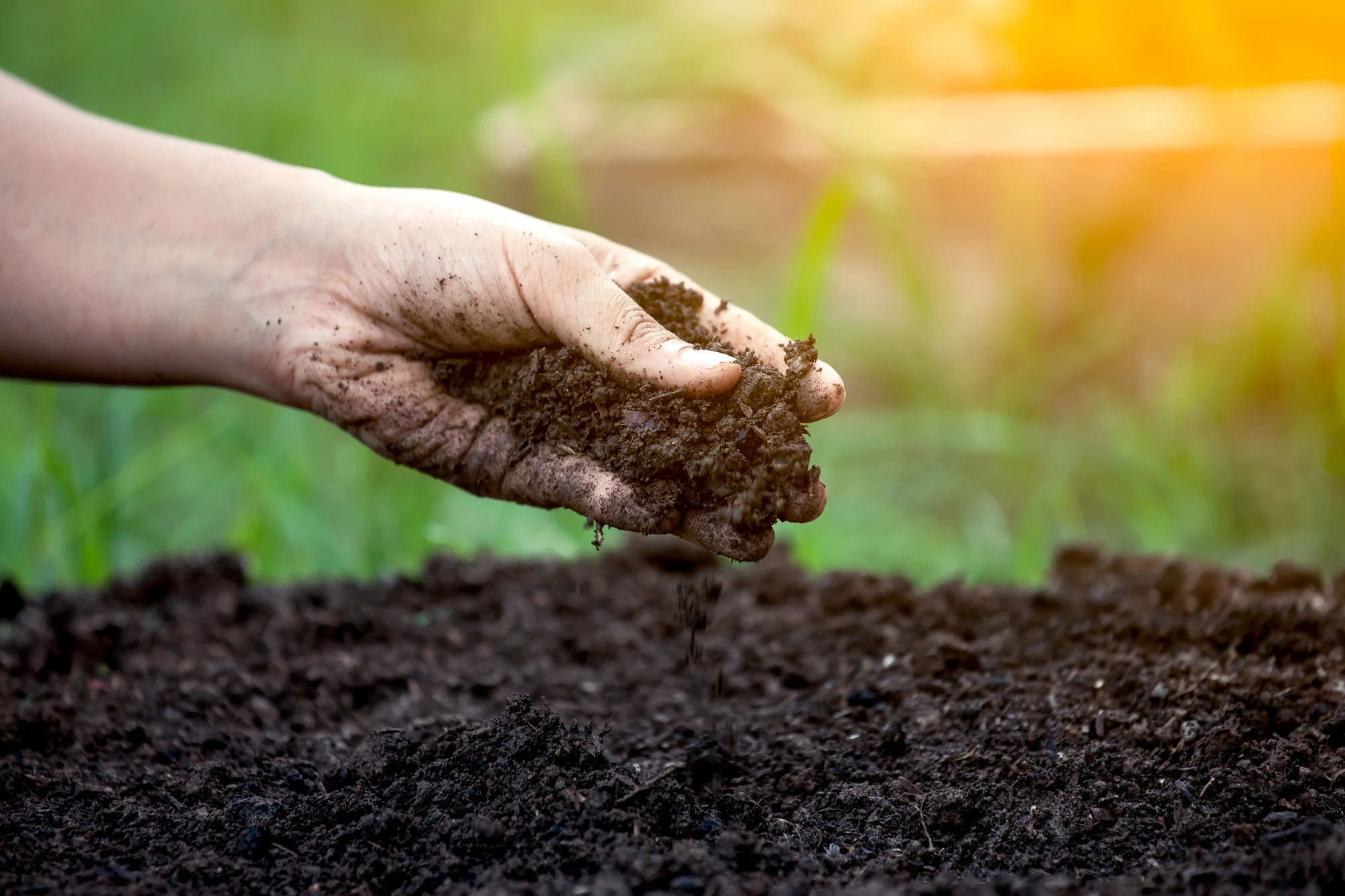Researchers from Hainan University have recently published findings in the “Journal of Hazardous Materials” revealing the positive impacts of using EDDS (Ethylenediamine-N,N’-disuccinic acid) in combination with the symbiotic fungus Piriformospora indica to remediate Cd-Cr (cadmium and chromium) contaminated soils. Their approach, which utilizes both a green chelating agent and beneficial microorganisms, marks a significant advancement in the phytoremediation field. The study is a promising development in agricultural sustainability and the protection of human health from the adverse effects of soil pollution.
DOI: 10.1016/j.jhazmat.2023.133266
In this comprehensive study, the research team conducted an in-depth analysis of the effects of applying EDDS on the rhizosphere ecology when using king grass combined with P. indica for soil remediation. They used techniques such as High-Performance Liquid Chromatography (HPLC), Biolog EcoPlates for microbial community analysis, quantitative PCR for gene expression analysis, and high-throughput screening to unveil a multi-faceted improvement in soil remediation processes.
As reported in the article “Effect of EDDS on the rhizosphere ecology and microbial regulation of the Cd-Cr contaminated soil remediation using king grass combined with Piriformospora indica” (Zhang et al., 2023), the introduction of EDDS created a conducive environment for the growth of king grass. This condition was indicated by a notable decrease in soil pH by 0.41 units, which stimulates the secretion of beneficial organic acids like succinic acid and fumaric acid. This chemical response not only assists the growth of the plant but also augments the metabolic activity within the microbial populations, especially regarding the assimilation of amino acids and carbohydrates.
The king grass demonstrated a remarkable biomass increase of 25.7%, indicating a thriving plant life, likely due to the richer bioavailability of nutrients once bound by heavy metals like Cd and Cr. The research highlighted that the addition of EDDS induced a significant upregulation (99.2%) in the expression of dissimilatory iron-reducing bacteria, crucial for the reduction of heavy metals in the soil. However, there was no significant change in the abundance of the bacteria genus Clostridium.
One of the key discoveries was the increase in soil rhizosphere fungal community richness, with Ascomycota species accounting for 45.8% and Rozellomycota for 16.7%. These changes in the fungal community are seen as instrumental in adjusting the proportion of tolerant microbial dominant groups and enhancing the removal efficiency of Cd and Cr by 23.4% and 18.7%, respectively.
The success of this bioremediation strategy hinges on the synergistic relationship between the chelating agent and the microbial communities within the soil. By altering the root secretion profile and microbial metabolism, EDDS and P. indica collectively enhance the remediation potential of king grass, providing an effective means to cleanse soils riddled with toxic metals.
The findings from Zhang et al.’s study are not just important academically but also have practical implications for sustainable agricultural practices. They offer a solid theoretical basis for developing combined remediation techniques that use chelating agents and beneficial microorganisms to restore heavy metal-contaminated soils, paving the way for safer food production and improved environmental health.
Keywords
1. Soil Remediation
2. EDDS Chelating Agent
3. Heavy Metal Pollution
4. Phytoremediation Techniques
5. Microbial Soil Health
References
1. Zhang, H., Kailu, K., Yali, D., Xiaoyan, S., Li, L., Qianli, A., … & Dong, L. (2023). Effect of EDDS on the rhizosphere ecology and microbial regulation of the Cd-Cr contaminated soil remediation using king grass combined with Piriformospora indica. Journal of Hazardous Materials, 465, 133266. https://doi.org/10.1016/j.jhazmat.2023.133266
2. Juwarkar, A. A., Singh, S. K., & Mudhoo, A. (2010). A comprehensive overview of elements in bioremediation. Reviews in Environmental Science and Bio/Technology, 9(3), 215-288. https://doi.org/10.1007/s11157-010-9195-5
3. Glick, B. R. (2010). Using Soil Bacteria to Facilitate Phytoremediation. Biotechnology Advances, 28(3), 367-374. https://doi.org/10.1016/j.biotechadv.2010.02.001
4. Huang, H., Yu, N., Wang, L., Gupta, D. K., He, Z., Wang, K., … & Zhu, Z. (2011). The use of green chemistry in the sustainable production of biofuels. Energy, 36(4), 1808-1818. https://doi.org/10.1016/j.energy.2011.01.018
5. Khan, A. G. (2006). Mycorrhizoremediation—an enhanced form of phytoremediation. Journal of Zhejiang University SCIENCE B, 7(7), 503-514. https://doi.org/10.1631/jzus.2006.B0503
Declaration of Competing Interest: The authors have declared that there are no competing financial interests or personal relationships that could have influenced the work reported in this paper.
